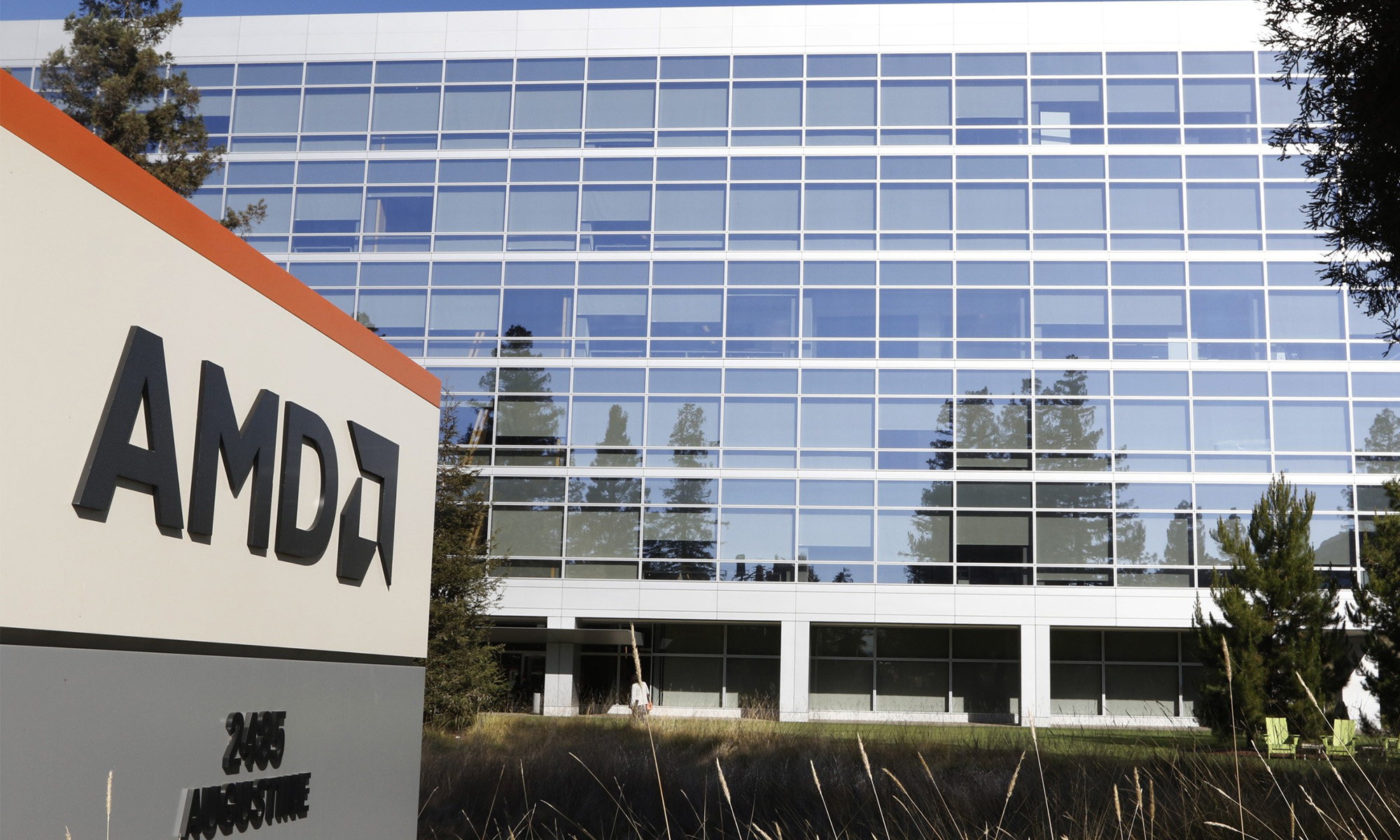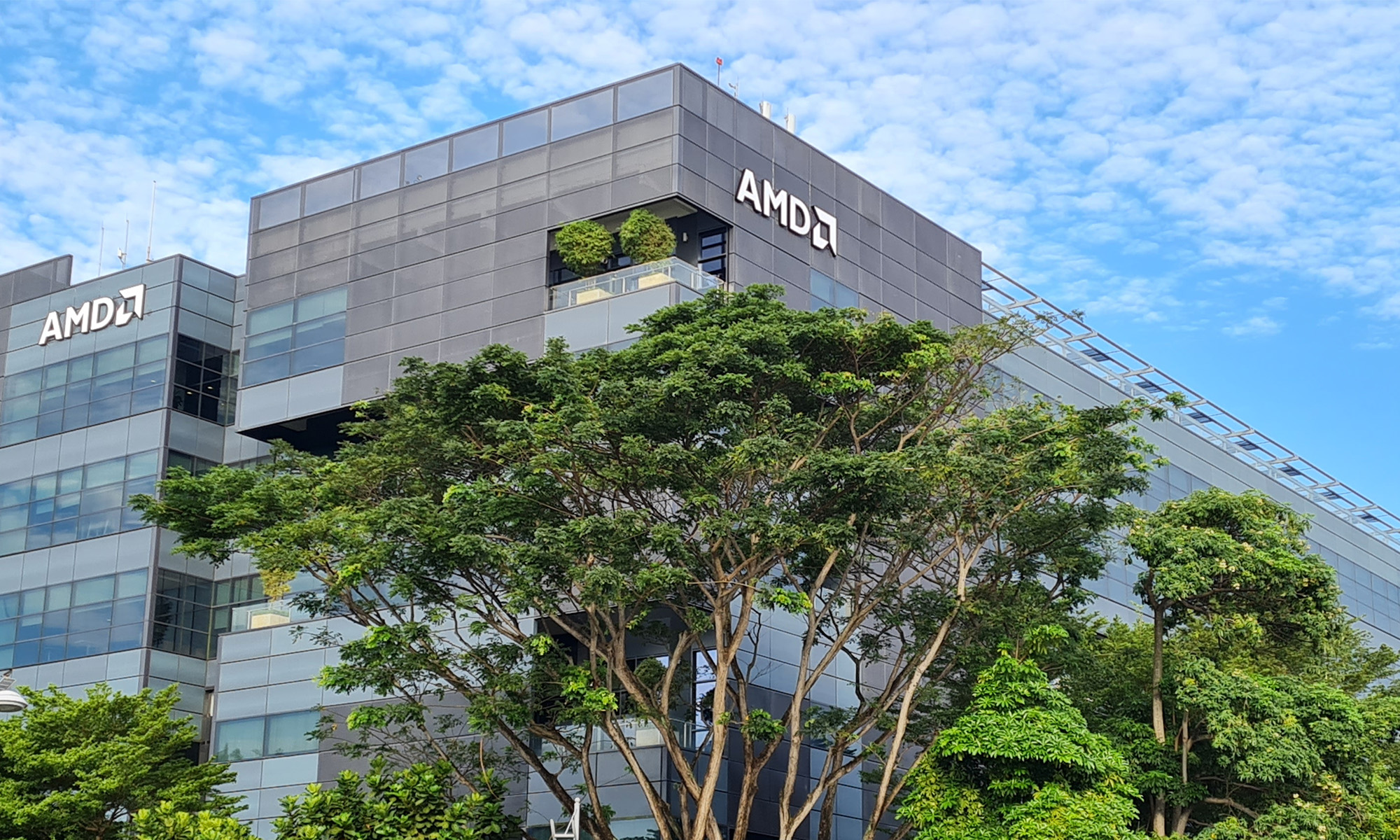Graphics-chip company NVIDIA (NVDA +1.09%) reported strong fourth-quarter results on Feb. 17, easily besting analyst estimates for both revenue and earnings. Robust demand for the company's gaming graphics cards, as well as solid performance from NVIDIA's enterprise and automotive segments, drove revenue to record levels. In fiscal 2016, for the first time, NVIDIA surpassed $5 billion in annual revenue.
There's a lot going on at NVIDIA these days, and management provided a more detailed look at the company's various businesses during the company's earnings conference call. Here are five key quotes from management, taken from the transcript provided by Thomson Reuters, that investors need to see.

Source: NVIDIA.
No longer a chip company
NVIDIA designs graphics processors, competing with Advanced Micro Devices (AMD 0.02%) in the PC gaming market. But according to NVIDIA CEO Jen-Hsun Huang, the company is no longer simply a seller of chips:
GeForce is really not a chip business anymore; it is really a gaming platform business. When you think about it from a gaming platform business, it has to be thought of in the context of the gaming ecosystem and the gaming industry. It is $100 billion large. When you think about it that way and you drive the business that way and you create value that way, I think the prospects for our growth there is still quite significant.
NVIDIA has been building an ecosystem around its graphics cards for years. GeForce Experience, the company's software suite for GeForce owners that provides a variety of features, now has 76 million users. GameWorks, the company's suite of code libraries and tools aimed at game developers, has found its way into various blockbuster PC games, providing advanced visual effects optimized specifically for NVIDIA's graphics cards. NVIDIA's Shield devices, including the Shield Android TV console, allows owners of GeForce cards to stream PC games directly to their TVs.
This software effort, along with the extremely successful GTX 970, launched in late 2014, has led NVIDIA to run away with the graphics-card market. During the third quarter of 2015, NVIDIA shipped more than 80% of discrete graphics cards, with AMD a distant second. Just a couple of years ago, NVIDIA's market share was closer to 60%, with AMD a strong No. 2 player, with a 40% share. NVIDIA's strategy of building a platform, introducing switching costs that keep GeForce users from moving to AMD, has so far paid off nicely for the company.
Datacenter momentum
NVIDIA's datacenter business, which consists of the company's Tesla GPUs and its GRID graphics virtualization platform, is still a small part of the overall company, generating $97 million of revenue during the fourth quarter, 7% of the total. NVIDIA is already the leading provider of accelerators in the high-performance computing and cloud-computing markets, but the company's focus on deep learning is starting to pay off. NVIDIA CFO Colette Kress explains:
In datacenter, inclusive of Tesla and GRID, revenue rose 18% sequentially to a record $97 million, up 10% year on year. This reflects the extraordinary rise of deep learning, a field in which we are now engaged with nearly 3,500 companies and organizations, as well as growth in the number of high-performance computing applications that are GPU-accelerated.
Just a few years ago, NVIDIA was working with 100 companies in the area of deep learning. That number has now ballooned to 3,500, ranging from web-services providers to industrial companies. IBM announced late last year that Watson, its cognitive computing platform, will integrate NVIDIA's Tesla GPUs, providing a 1.7 times performance boost. As the amount of data being generated, as well as the need to analyze that data, continues to grow, NVIDIA is in a good position to capitalize on these trends.
Virtual reality in the enterprise
NVIDIA managed to grow all of its major businesses during the fourth quarter, including its professional visualization segment, which consists of its Quadro GPUs. When it comes to virtual reality, NVIDIA believes that the enterprise could be a major opportunity for the company. Kress explains:
Audi now has 20 virtual showrooms, with several hundred expected later this year, that lets customers experience new models, customize them in real-time, and take them for a virtual spin. In a very different application, a start-up called Surgical Theater uses flight simulator technology and multiple GPUs to allow surgeons to use VR to fly through a patient's anatomy and rehearse complicated procedures before making the first cut.
Virtual reality is graphics intensive, requiring powerful graphics processors to ensure that the frame rate remains both high enough and stable enough to not induce discomfort. It's impossible to predict all of the ways that VR technology will be used 10 years from now, but it's safe to say that NVIDIA's graphics processors have a good chance at playing a critical role.
Looking to the future
A mass-market self-driving car is likely still many years away, but Huang believes that NVIDIA's DRIVE PX platform is well positioned to provide the necessary computational horsepower:
PX2 was really invented to allow OEMs to scale that entire range, from assisted driving all the way to fully assisted driving. And that is one of the reasons why we can support one chip all the way up to four chips, from passive cooling all the way up to integrating directly into the self-driving EV water-cooling system, that is quite available for most EV cars with liquid cooling. So I think that our strategy there is going to work out quite well. We add a lot of value. It is very algorithm-rich, it's very software-rich. And I think our DRIVE PX platforms is really quite state-of-the-art.
NVIDIA's DRIVE PX 2 platform, announced earlier this year, is extremely powerful. The deep-learning platform supports two discrete GPUs based on NVIDIA's upcoming Pascal architecture, as well as two next-gen Tegra SoCs, and is able to perform 8 trillion single-precision floating-point calculations per second. This kind of power is necessary to track a large number of objects, from other cars to pedestrians, as well as to generate a plan based on that information.
What the self-driving car of the future will ultimately look like remains uncertain, and there's no guarantee that NVIDIA's strategy in the area will pay off in the long run. But the DRIVE PX 2 platform is unique, and with NVIDIA already working with 70 companies that are developing self-driving car technologies, the company is laying the groundwork for what could be a very lucrative business.
A strong automotive pipeline
While NVIDIA's DRIVE PX platform is being used to develop self-driving cars, the company's Tegra chips are already being used to power in-car displays in millions of cars. According to Huang, the company also has a strong pipeline of cars coming to market that include NVIDIA's technology:
First of all, our pipeline. We've talked about our pipeline several times. We've shipped probably 5 million, 6 million cars. We have another 20 million, 25 million cars to ship in our pipeline. So these are design wins that took quite a few years to have won, and quite a few years of engineering to ramp into production.
This pipeline gives investors a bit of visibility when it comes to NVIDIA's automotive business. During the fourth quarter, automotive sales grew by 68% year over year, to $93 million. With plenty of additional design wins already in the bag, NVIDIA's automotive business should continue to grow going forward.







